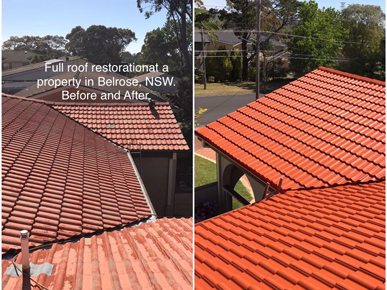Scale is one of the most difficult principles to master when designing a yard. It is important to balance old and new elements to create a cohesive yard. A mix of plants and flowers creates visual interest. Pathways make it easy to move around the space and help to create a sense unity. The design should evoke a natural, historic landscape. Listed below are some tips for creating a successful landscape design.
Identify the right plant. It is crucial to consider the sun and wind patterns while planning your yard. Some plants need more sunlight than six hours per day. You must ensure that there is no obstructions or overgrown areas. Don’t worry if you don’t know how to plan your landscaping. It can be a rewarding experience. Remember that landscaping is a slow process. It doesn’t matter if you are creating a garden, a flowerbed or a pool, you will need to understand the plant’s requirements.

The first step is measuring the space. Before you start landscaping, measure the space and draw a plan. It is important to have a rough idea of the amount of material you will need when designing a garden. This will help you determine the type of soil and materials you will need. Start small and work your ways up. Always start with the basics and work your way up. For those with a limited budget, landscaping can be very difficult for beginners. But with careful planning, it is possible to achieve the look you’ve always wanted.
The best way to design a landscape is to take small steps, as small mistakes can easily lead to bigger problems. Taking time to plan a space will help you make decisions that will increase your home’s value in the long run. Don’t forget to take care of any plants that may require more than six hours of sunlight. You should also keep in mind that every plant has its own unique growing conditions, so a good start will make a big difference.
Next, you need to learn about the sun and wind patterns. Shaded areas are best if you live in a sunny location. Avoid planting plants too close together. Plants, unlike trees, will grow in full sunshine and will not be able support each other. In addition, it’s important to take note of climatic conditions. If you live in a city, it is recommended to check the weather forecast.
After planning the landscape you need to study the sun, wind and patterns. You should also pay attention to the wind direction. If you can’t make the landscape in an area that gets plenty of sunlight, it’s best to start with a smaller area and work your way up to a larger one. After you have studied the sun and wind patterns, it is time to start planning your landscaping. Don’t worry if you aren’t a professional. There are many online resources available that will help you find landscape designs suitable for beginners.
Apart from the budget, it is important to consider the size and layout of your space. Depending on your yard size, you might consider a small area with several large trees. You should choose plants and flowers that are appropriate for the space. A small backyard can be maintained by beginners. You can also shop online for a variety of flowers and plants. You have the option to choose from hundreds of shrubs or plants.
Before starting landscaping, it is important to understand the location. Although landscapes may have been designed professionally in many cases, if you are just starting out, it is a good idea to start small and learn from the experience. This will help make your yard beautiful. Make sure you do your research and plan your yard. Once you have an idea of the space that you want, it’s time to start planting.
Before you plant, it is important to know where the sun and wind are located. Start small and work slowly. This will help you avoid making mistakes. It’s better to start small and build a landscape from scratch if you want to avoid a lot of stress and confusion. Before you decide on plants or other landscaping elements, be sure to consider the climate and weather conditions. https://www.youtube.com/embed/PB-tqDTodD0



Recent Comments